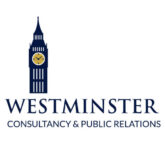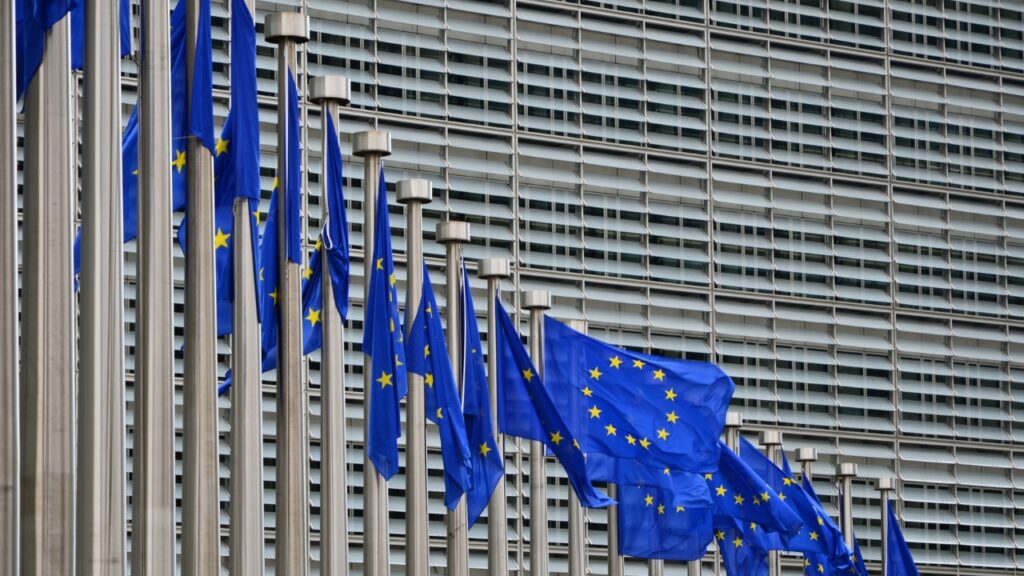Executive Summary
By 2030, Europe’s relationship with the Middle East will be defined by an intricate blend of energy interdependence, security concerns, migration pressures, and cultural diplomacy. The two regions remain deeply connected: Europe depends on the Middle East for vital resources and trade, while Middle Eastern states rely on Europe as both a market and a diplomatic partner.
This report explores three plausible scenarios for how these relations might evolve by the end of the decade. The first scenario, Partnership for Stability, envisions closer cooperation on energy transition, migration management, and diplomacy. The second, Fragmented Relations, highlights the risks of political crises, economic shocks, and divergent strategies that could weaken ties. The third, Strategic Realignment, considers the possibility of the Middle East deepening its pivot toward Asia, leaving Europe on the margins of regional influence.
Ultimately, the report argues that Europe’s relevance in the Middle East will depend less on power and more on partnership. The choices made in the next five years will determine whether the two regions move toward collaboration, drift apart, or reconfigure their ties in light of shifting global dynamics.
Introduction
Europe and the Middle East are bound together by geography and history, their proximity across the Mediterranean ensuring that developments in one region resonate powerfully in the other. Migration waves, energy supply chains, terrorism, and cross-border trade have long formed the backbone of their relationship. Yet between 2020 and 2025, the balance of these ties began to shift in ways that may determine their trajectory toward 2030.
The Russian invasion of Ukraine in 2022 forced Europe to reconsider its dependence on external energy suppliers, and Gulf exporters quickly became indispensable partners. At the same time, the war in Gaza reignited political debates across Europe about its role in the Middle East and exposed deep divisions within European societies on questions of justice, human rights, and security. Meanwhile, many Middle Eastern states expanded their engagement with China, India, and other Asian powers, signalling a new multipolar orientation that complicates Europe’s ability to remain central.
This report employs scenario analysis to examine the future of these relations. Instead of predicting a single outcome, it outlines possible pathways that reflect both cooperation and conflict. These scenarios are designed to help policymakers, businesses, and NGOs anticipate risks and opportunities and prepare strategies that remain adaptable in a rapidly changing environment.
💡 “By 2030, Europe’s influence in the Middle East will be defined less by power and more by the ability to build credible partnerships.”
Scenario One: Partnership for Stability
In the most optimistic vision of the future, Europe and the Middle East manage to strengthen their ties through pragmatic cooperation. Energy transition becomes the foundation of this renewed partnership. Europe, in pursuit of climate goals and independence from fossil fuels, partners with Gulf states to invest in renewables and hydrogen. These investments support the Middle East’s ambition to diversify away from oil while helping Europe secure sustainable energy supplies.
Migration, historically a point of friction, is reframed as a shared challenge. Structured agreements emerge, providing legal pathways for migration while limiting the destabilising effects of irregular flows. Diplomacy also benefits from renewed attention. European states, supported by EU institutions, reinvest in peacebuilding efforts, providing support for negotiations in Palestine, Libya, and Syria. On the cultural front, student exchanges, joint research initiatives, and educational cooperation expand, deepening mutual understanding between societies.
This scenario rests on the assumption that Europe maintains internal unity in its foreign policy, while Middle Eastern states continue to see Europe as a reliable and balanced partner. The outcome is a relationship characterised by stability, cooperation, and long-term strategic vision.
Scenario Two: Fragmented Relations
A more pessimistic pathway points to a gradual weakening of Europe–Middle East ties, driven by crises and lack of coherence. Regional instability continues to shape the Middle East, with wars in Gaza, Sudan, or Yemen straining Europe’s capacity to respond. Energy insecurity intensifies competition, with Asian buyers challenging Europe’s access to key resources, and Europe struggling to keep pace with new alliances.
Within Europe itself, the absence of a unified approach undermines credibility. Some governments prioritise human rights and humanitarian commitments, while others focus narrowly on trade or security, resulting in inconsistent and sometimes contradictory policies. Public opinion further complicates matters, as divisions over Palestine, migration, and energy partnerships create political gridlock in European capitals.
In this scenario, mutual suspicion grows, and interdependence begins to feel more like vulnerability than strength. The relationship becomes defined less by cooperation and more by frustration and mistrust.
Scenario Three: Strategic Realignment
The third scenario envisions a future where Middle Eastern states pivot decisively toward Asia, leaving Europe on the margins of regional influence. Economic ties with China, India, and other rising Asian powers deepen, drawing Middle Eastern trade and investment eastward. Beijing’s Belt and Road Initiative, coupled with India’s growing energy demand, becomes the main axis of the region’s economic strategy.
Europe, meanwhile, struggles to maintain its foothold. Its markets remain important but no longer decisive, and its diplomatic weight is eclipsed by Asian actors willing to invest heavily in infrastructure, technology, and energy. In security affairs, Middle Eastern states increasingly align with multipolar arrangements in which Europe plays only a supporting role.
This realignment does not eliminate Europe from the region but reduces its ability to shape outcomes, forcing it into a reactive position. By 2030, Europe finds itself competing for relevance in a region where it was once a primary actor.
“If the Middle East pivots eastward, Europe risks becoming a secondary partner in a region it once considered vital.”
Conclusion
The future of Europe–Middle East relations is not predetermined but contingent on choices made in the coming years. A path toward partnership remains possible, grounded in shared interests such as energy transition, migration management, and diplomacy. Yet the risks of fragmentation are real, particularly if Europe cannot speak with one voice or if regional crises intensify. Strategic realignment toward Asia is perhaps the most profound challenge, as it threatens to reshape the very geometry of global power in ways that leave Europe on the sidelines.
For policymakers and institutions, the task is to ensure that Europe remains a credible, reliable, and adaptable partner. This requires building resilience at home, unity within the European Union, and trust abroad. For Middle Eastern states, the choice lies in whether Europe continues to be seen as a constructive ally or as a declining partner.
At Westminster Consultancy, we believe that preparing for multiple futures is essential. Scenario planning is not about predicting a single outcome but about ensuring readiness for change. By anticipating the trajectories of Europe–Middle East relations, businesses, NGOs, and governments can better position themselves to seize opportunities, mitigate risks, and navigate the uncertainties of the decade ahead.

